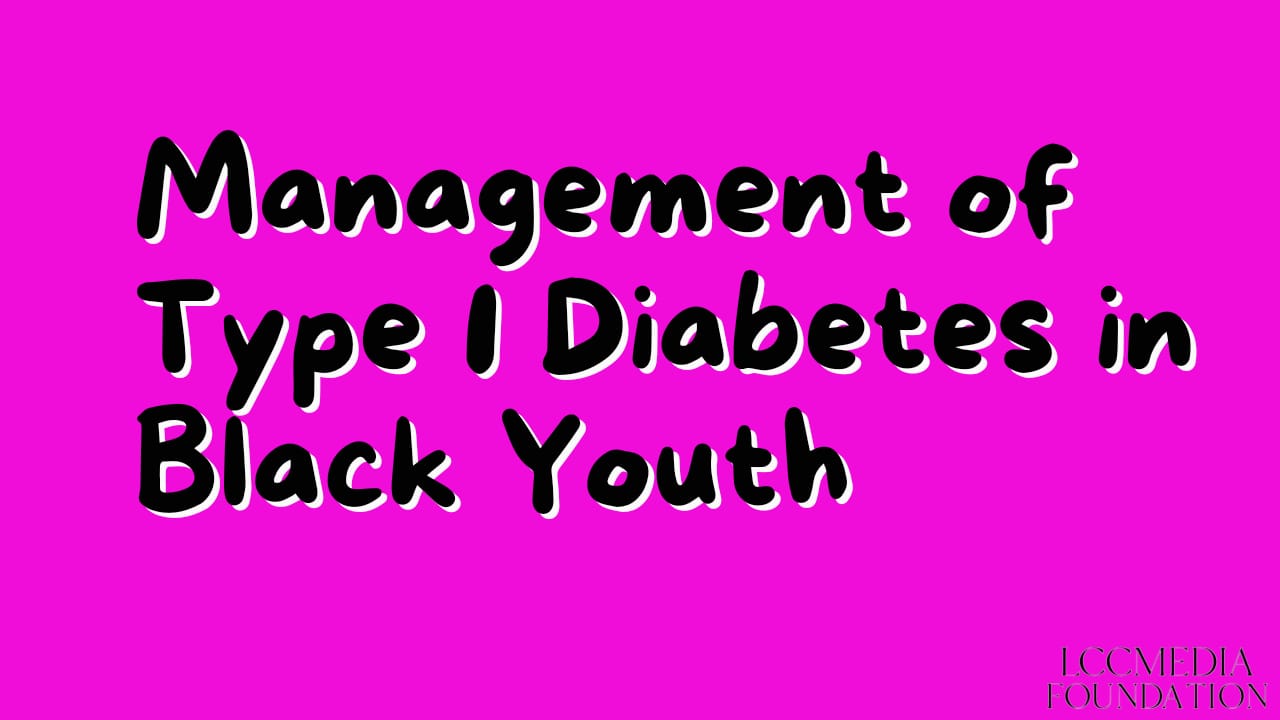
Diabetes is a global problem that affects people of all ages. When most people think of diabetes, they usually think of type 2 diabetes, which is associated with obesity and low levels of physical activity. However, type 1 diabetes is also a health concern. Both forms of diabetes have their challenges and concerns, though type 1 diabetes is less well-known.
Type 1 diabetes accounts for about 5 to 10 percent of all diabetes cases. With type 1 diabetes, the body doesn’t make enough insulin to help manage blood sugar. While this form of diabetes is more prevalent with children, it can develop at any age. Environmental and genetic factors play a key role in whether a person may have type 1 diabetes or not.
There is no specific cure; as a result, the management of blood sugar is vital to the well-being of individuals with diabetes. In addition to insulin therapy and blood sugar monitoring, dietary management, physical activity, diabetes education, and community support impact outcomes as well.1
Type 1 diabetes is a significant health concern. While day-to-day care is managed by the individual, effective management requires adequate clinical and social support.
Having treatment plans that meet the specific needs of each child with type 1 diabetes is important to their short and long-term health outcomes. Individuals with type 1 diabetes can support their health and well-being by seeking out diabetes education, adhering to their insulin therapy, counting carbohydrates, monitoring their blood sugar, engaging in regular physical activity, and seeking out community and social support.
Effective management techniques are crucial, yet structural challenges affect many families’ ability to get the proper treatment they need for their children.
There are significant disparities in the treatment and outcomes of type 1 diabetes in children and youth based on race and socioeconomic status.
For example, Black children tend to have more emergency room visits and are less likely to be treated with insulin pumps or other technologies. They also are at increased risk for diabetes-related complications compared to children of other racial groups. Socioeconomic status and effective insulin management are connected to one another because the quality of treatment received by Black children and adolescents is often tied to their socioeconomic background.
This brings attention to ongoing racial disparities in the treatment, management, and outcomes of children with type 1 diabetes. It also speaks to issues of racism and discrimination within healthcare systems and challenges with access that contributes to poorer outcomes in visible minority populations. Families should feel secure that their child’s well-being is a priority to their care providers and that they will receive equitable care regardless of their race, ethnic background or socioeconomic status. Increased diversity in the health professionals workforce, increased access to care, and more wholesome community-based interventions can support better outcomes for this population.
References
- Hillar, K., Stark, Sharon, W. (2022). Diabetes mellitus. Magill’s Medical Guide.
- Hamilton, H., Knudsen, G., Vaina, C. L., Smith, M., & Paul, S. P. (2017). Children and young people with diabetes: recognition and management. British Journal of Nursing, 26(6), 340–347. https://doi.org/10.12968/bjon.2017.26.6.340
- Hawkes, C., & Lipman, T. (2021). Racial disparities in pediatric Type 1 Diabetes: Yet another consequence of structural racism. Pediatrics, 148 (2), Article e2021050333. https://doi.org/10.1542/peds.2021-050333
- Lipman, T., Smith, J., Patil, O., Willi, S., & Hawkes, C. (2021). Racial disparities in treatment and outcomes of children with type 1 diabetes, PubMed, 22(2), 241 – 248. 10.1111/pedi.13139
- McGill, D. E., & Levitsky, L. L. (2016). Management of hypoglycemia in Children and adolescents with Type 1 Diabetes Mellitus. Current Diabetes Reports, 16(9), 1–6. https://doi.org/10.1007/s11892-016-0771-1
